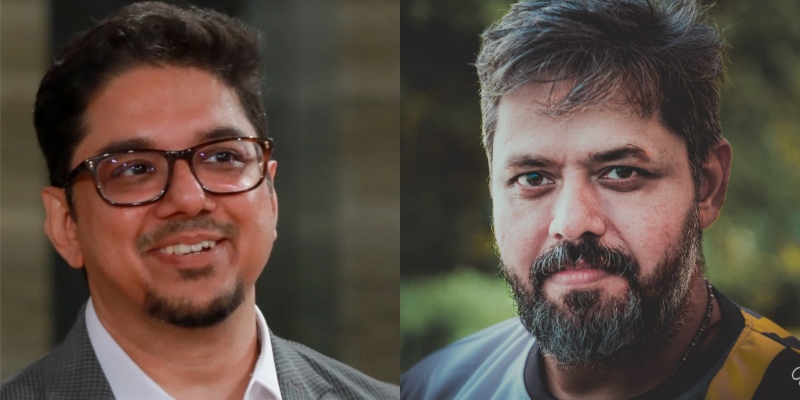It is truly captivating to witness the adrenaline-pumping aerial combat sequences, especially when experienced on the grand canvas of the big screen. The Hindi film industry in India brought this thrill to cinema with the dynamic duo of Hrithik Roshan and Deepika Padukone-starrer Fighter.
Released globally on 25 January 2024, Fighter garnered attention for its action sequences and meticulously crafted aerial battles. At the heart of these visually stunning moments lies ReDefine – a global VFX studio which has lent its expertise to elevate the film’s realism to new heights. Co-heads of ReDefine’s India FX Team, Kamlesh Parmar and Praveen Pai, played a key role in crafting the film’s VFX. Over 3,500 VFX shots were created by a global crew of over 2,600 individuals, including over 80 artists from ReDefine India’s FX team who were specifically dedicated to Fighter. Within a span of nine months, the studio designed explosions and the dynamic aerial maneuvers for this film.
Directed by Siddharth Anand, Fighter tells the story of the best combat aviators handpicked from across the Indian Air Force. This new and elite unit, Air Dragons, are now the first responder to any hostile activity in the country. Air Dragons are willing to give it their all for the nation while going through the highs and lows of their internal and external battles.
ReDefine’s primary focus on Fighter was to achieve photorealistic visuals, particularly in FX, environments, and aerial combat scenes. Pai and co-head Parmar, armed with their extensive knowledge of VFX and CG pipelines, were integral to the project from its inception, collaborating with ReDefine’s sister company DNEG to translate director Anand’s cinematic vision into a breathtaking reality.
“Our goal was to provide audiences an authentic glimpse into the lives of the Indian Air Force personnel,” said Pai. “We prepared for the film with extensive pre-vis work, studying all references to ensure a thorough understanding of the project’s requirements.” So to start off, the team referenced real footage and military videos from Air Force archives and YouTube to ensure authenticity, revealed Parmar.
Fighter consists of multiple crashes, explosions, bombings, stunts and action sequences. Of these, the most demanding scenes were Patty’s Inverted Run, Training Day, the Swift Retroit, a fighter jet flying over a lake, and the climax. “These involved intricate VFX work, including snow mountain DMPs, CG environments and various FX simulations like contrails and afterburners,” Parmar stated.
When asked what was the most challenging part of working on Fighter, Parmar replied, “We had to ensure continuity across jet planes in their aerodynamics, while delivering both photorealistic quality and quantity within a short delivery window, which posed a significant challenge.”
ReDefine was tasked with delivering the climactic sequence in December 2023, presenting a formidable challenge given the tight timeframe before the film’s 25 January release date. “Despite the tight deadline, our team’s dedication and creativity were instrumental in bringing the sequence to fruition. Improved departmental planning, automated setups, and leveraging the skills of internal supervisors contributed to our success,” explained Pai.
In contrast to the western industry where the importance of having VFX supervisors involved from the planning stage is widely recognised, the Indian film industry is gradually acknowledging the pivotal role these supervisors play in enhancing storytelling and ensuring a more organised production process. Emphasising this shift, Pai remarked, “Their involvement from the outset helps streamline the production process and achieve better results.” And it is equally important to have directors who understand this. Fighter’s director Anand, however, brings valuable experience from directing VFX-heavy films like War and Pathaan, which underscores the significance of having Parmar and Pai onboard from the project’s inception.
“Working with Siddharth Anand, who has a track record of directing VFX-heavy projects, was both illuminating and rewarding. His vision and direction pushed us to deliver our best work,” shared Parmar.
While AI tools are increasingly being explored by many studios, ReDefine chose not to incorporate them into this project. Parmar elaborated on this decision, stating, “The Indian VFX industry is experiencing significant growth in creativity and software development, offering endless possibilities for artists. However, we believe there’s still ample room for growth, particularly in leveraging software knowledge to enhance creative outputs.”
ReDefine’s India team is currently working on the international horror flick Abigail, TV series Those About to Die, and the Prabhas-starrer Indian sci-fi film Kalki 2898 AD.


